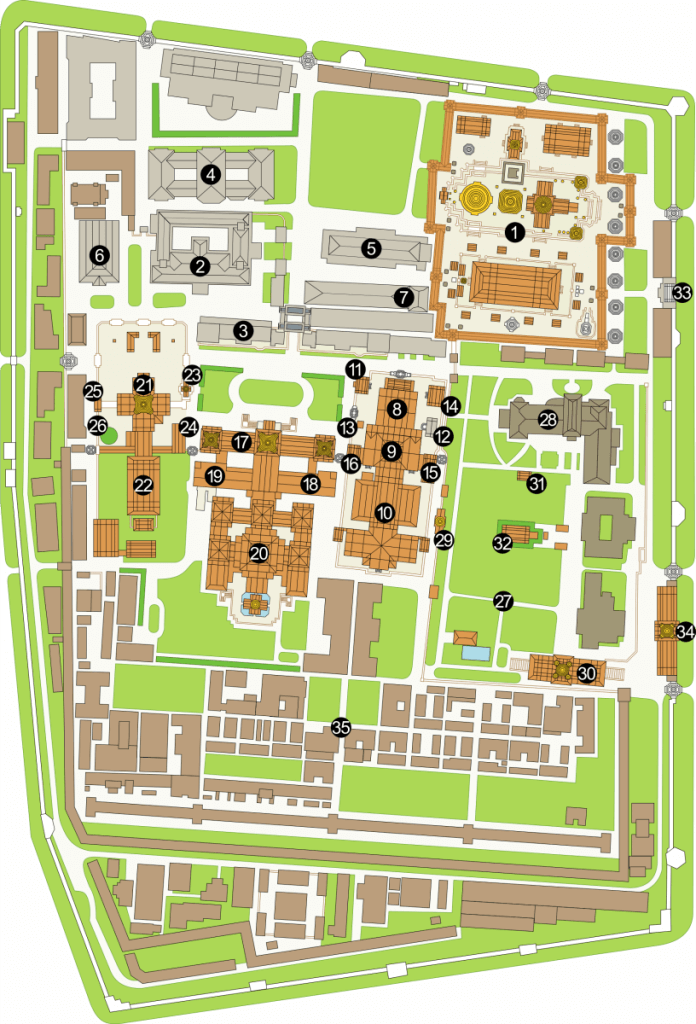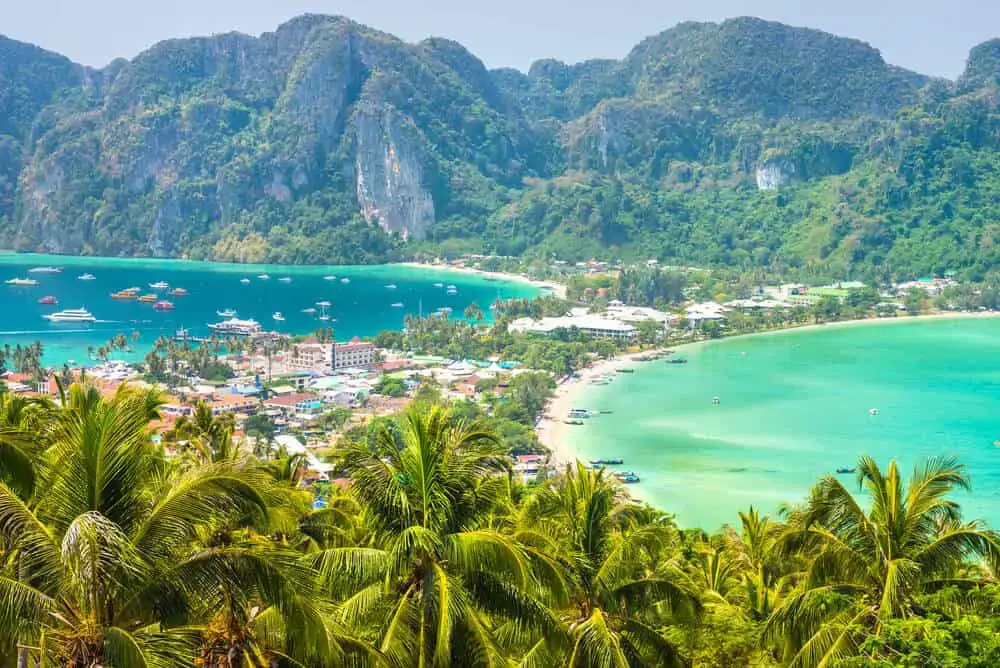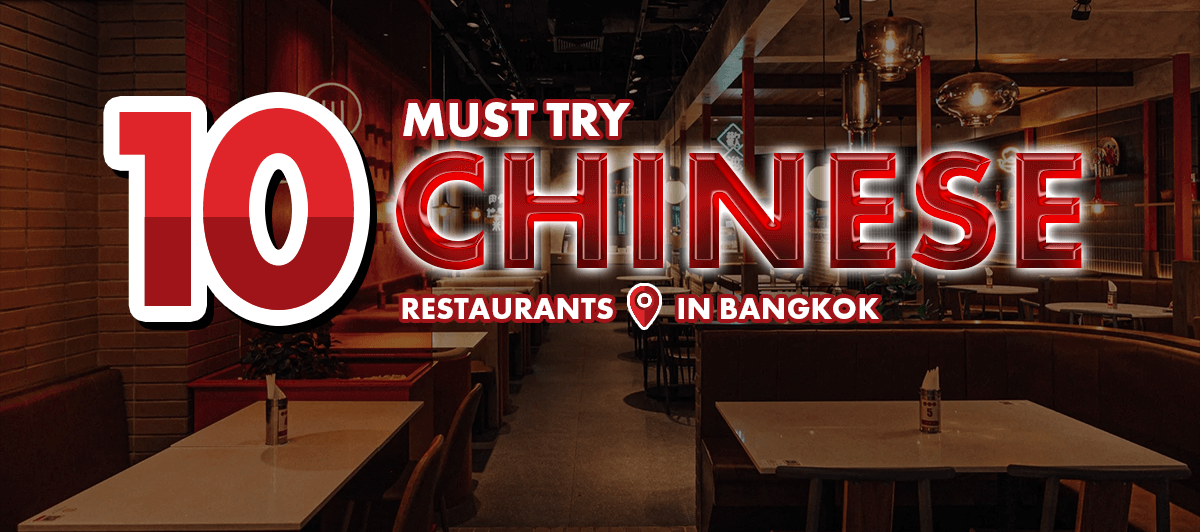Bangkok Grand Palace Dress Code
Every city has a few tourist attractions that are the backbone of tourism. Like Dubai has the Burj Khalifa, Paris boasts the Eiffel Tower and Cairo welcomes its visitors with the Pyramid of Djoser. So, how about Bangkok? Any guesses? Even though there are hundreds of things to do in this multi-culture and world-famous tourist destination, none of them can compare to the Grand Palace. Yes, you got that right. This cultural and one of many palaces is so well-known among tourists and are the backbone of Bangkok tourism. In fact, many tourists believe that a Bangkok trip is incomplete without visiting the Bangkok Grand Palace. The whole building represents pure Thai culture. Although it was used as an administrative palace 150 years ago and also contained a temple, it does not mean you have to be a follower of a specific religion to get inside the palace.
The Grand Palace is separated into two major zones, the Temple of the Emerald Buddha and the imperial residence. The last is divided into three distinct territories: the Outer Court, the Middle Court, and the Inner Court. The Outer Court begins from Wiset Chai Si Gate to Gilman Chai Si Gate and incorporates the Grand Palace internal dividers. It is currently the area of a few state workplaces, including the Bureau of the Royal Household. It is also the Office of His Majesty’s Principal Private Secretary, and the Office of the Royal Institute.
The Middle Court begins at Phiman Chai Si Gate and ends at Sanam Ratchakit Gate. The territory is the place where the most important royal functions are held.
The Inner Court begins from Sanam Ratchakit Gate to Thaew Teng, the column houses which were once castle dividers amid King Rama I’s rule.
Anyone can visit it as long as you follow the Bangkok Grand Palace dress code set by the local authority. Here are the guidelines for grand palace dress code.
Dress Code for Males:
Men should wear long jeans and a T-shirt with sleeves (no tank tops). If you’re dressing in sandals or flip-flops you have to dress in socks (basically, no uncovered feet allowed.)
Dress Code for Females:
Females will need to be properly dressed as well. No see-through clothing, uncovered shoulders, etc.
Note: If you have no outfit that meets grand palace dress code requirements, no need to buy another one. Depositing a small amount will enable you to get the appropriate dress.
Here is a visual representation of the prohibited dresses.

Grand Palace Bangkok Map

It consists of many buildings and areas, each with its own unique features, making the Grand Palace of Bangkok a highly historic and culturally significant site. Here is a brief overview of the locations you mentioned.
-
Temple of the Emerald Buddha: The Emerald Buddha statue is housed in this sacred temple within the Grand Palace complex. Visitors are asked to dress modestly when entering the temple, and photography is usually not allowed.
-
Bureau of the Royal Household: This administrative center within the Grand Palace oversees royal residences and estates, so it is not open to the general public.
-
Office of His Majesty’s Principal Private Secretary: The King’s Office for Private Affairs and Official Correspondence is not open to the public like the Bureau of the Royal Household.
-
Sala Luk Khun Nai: On special occasions, visitors may be able to witness some of these royal ceremonies and events in the palace hall.
-
Sala Sahathai Samakhom: The venue is used for official functions during the day, but may be closed when private events are taking place.
-
Museum of the Emerald Buddha Temple: This museum offers insights into the history of the Emerald Buddha and the Grand Palace. Visitors can explore its exhibits, but photography is not permitted in certain areas.
-
Pavilion of Regalia, Royal Decorations and Coins: The museum displays royal regalia and historic coins and is open to the public. Photography may be allowed, but flashes and tripods are usually prohibited.
-
Phra Thinang Amarin Winichai: A royal residence within the palace grounds. It is not typically open to the public and may be used for private purposes.
-
Phra Thinang Phaisan Thaksin: Another royal residence located within the palace complex. Access to such residences is generally restricted to authorized personnel.
-
Phra Thinang Chakraphat Phiman: Situated within the palace, this royal residence boasts intricate architecture, but it’s not open to the public.
-
Phra Thinang Dusidaphirom: This royal residence, characterized by a unique design, is also not open to the public.
-
Phra Thinang Racharuedee: Historically significant, this royal residence is not accessible to tourists.
-
Phra Thinang Sanam Chan: Used for special occasions and gatherings related to the monarchy, this building may be visited during such events.
-
Ho Sastrakhom: This structure plays a role in royal rituals and ceremonies. Access might be limited to authorized personnel.
-
Ho Sulalai Phiman: Like Ho Sastrakhom, it serves specific purposes in royal ceremonies and is generally not open to tourists.
-
Ho Phra That Montien: Another building within the palace complex with a specific function; it may not be open to the public.
-
Phra Thinang Chakri Maha Prasat: A central and prominent building within the Grand Palace, this architectural marvel is accessible during certain hours, with a dress code and respectful behavior required for entry.
-
Phra Thinang Moon Satharn Borom Ard: A significant structure. It might be open to visitors, but access could be restricted on special occasions.
-
Phra Thinang Sommuthi Thevaraj Uppabat: A royal residence with historical and cultural significance, typically not open to tourists.
-
Phra Thinang Borom Ratchasathit Mahoran: Another royal residence within the palace complex, often restricted to public access.
-
Phra Thinang Dusit Maha Prasat: A building known for its artistic design. It may be open to visitors under specific circumstances.
-
Phra Thinang Phiman Rattaya: Similar to other royal residences, this may be off-limits to tourists.
-
Phra Thinang Aphorn Phimok Prasat: An unusual and distinctive building. Access might be restricted to authorized personnel.
-
Phra Thinang Rachakaranya Sapha: This royal residence has historical importance and is usually closed to the public.
-
Ho Plueng Krueng: An integral part of royal rituals, it is typically off-limits to tourists.
-
Mount Kailasa: A landscaped area or garden within the complex, providing a serene environment, likely open to the public.
-
Siwalai Garden: Another part of the complex, known for its beautiful gardens and landscaping. Access might be open, but it varies.
-
Phra Thinang Boromphiman: Another royal residence, with access usually restricted to authorized personnel.
-
Phra Thinang Mahisorn Prasat: A building of historical and cultural significance, often used for special functions. Access may be limited to specific events.
-
Phra Thinang Siwalai Maha Prasat: A significant structure with ornate architecture and historical importance. It might be open to visitors from time to time.
-
Phra Thinang Sitalaphirom: A royal residence with specific purposes and design, not typically accessible to tourists.
-
Phra Phuttha Rattanasathan: A temple within the Grand Palace complex, often open to the public for religious and cultural purposes.
-
Phra Thinang Chai Chumpol: Another royal residence with its own history and character, usually not open to the public.
-
Phra Thinang Suthaisawan Prasat: A building known for its cultural and historical value. Access might be granted during special events or ceremonies.
Grand Palace Bangkok Entry Fee
As of 3rd Nov, 2023 the Grand Palace Bangkok entry fee is Thai Bahk 500 ($16.00) same price for adults and children (fees for Grand Palace Bangkok and Wat Phra Kaew are included) which is a very reasonable amount worth paying.
Best Time to Visit Grand Palace
Visiting the Grand Palace in Bangkok during its opening hours, particularly in the morning between 9:30 and 11:30, is an excellent recommendation. During the early morning hours, the Grand Palace is less crowded, making it easier and more comfortable to explore. Since the Grand Palace is Bangkok’s most popular tourist attraction, it can get very busy during the day. In contrast to the midday sun, mornings offer cooler weather for exploring the palace. Having fewer tourists around will give you better opportunities to take photos of the stunning architecture and historic sites.
Mornings tend to be the best time, but you should also check for special events, closures, or restrictions on the day you plan to visit. Be sure to dress appropriately, as a strict dress code applies at the Grand Palace, and failure to comply may result in denied entry.
Getting to the Grand Palace in Bangkok
Bangkok’s Grand Palace can be reached by various modes of transportation from different parts of the city. Here’s a description of how to get to the Grand Palace from several popular locations:
1. From the Riverside Area (using the orange flag boat):
-
The orange flag boat is economical and convenient. It costs only 15 Thai Baht (around $0.48).
-
Take the orange flag boat and disembark at Chang Pier, ferry terminal number 9.
-
Once you leave the terminal, head straight ahead at the crossroads.
-
The Grand Palace is located there.
2. From the Sukhumvit Area (using the BTS Skytrain and boat):
-
Take the BTS Skytrain to Saphan Taksin Station (S6).
-
From Saphan Taksin Station, walk to Sathorn Pier.
-
Take a Chao Phraya Express Boat (the regular boat) to Tha Chang Pier.
-
From Tha Chang Pier, the Grand Palace is a short walk away.
3. From Khao San Road (using a tuk-tuk or walking):
-
If you’re staying near Khao San Road, you can hire a tuk-tuk to the Grand Palace.
-
Alternatively, you can walk to the Grand Palace. It’s about 15-20 minutes walk from Khao San Road.
4. From Central Bangkok (using a taxi):
-
Taxis are another option. Just tell the driver “Grand Palace” (in Thai, it’s “พระบรมมหาราชวัง”).
-
Ensure that the taxi driver uses a meter, or negotiates a fare beforehand.
5. From the airport (using the Airport Rail Link and boat):
-
Take the Airport Rail Link from Suvarnabhumi Airport to Phaya Thai Station.
-
Transfer to the BTS Skytrain and ride to Saphan Taksin Station.
-
From there, follow the steps mentioned in option 2 to get to the Grand Palace.
Grand Palace Bangkok Contact & Adress
Address: Na Phra Lan Rd, Phra Nakhon, Bangkok, 10200
Phone:02 623 5500
Opening Hours: 8:30AM–3:30PM
Entrance fee: 500 Baht










Leave a Reply